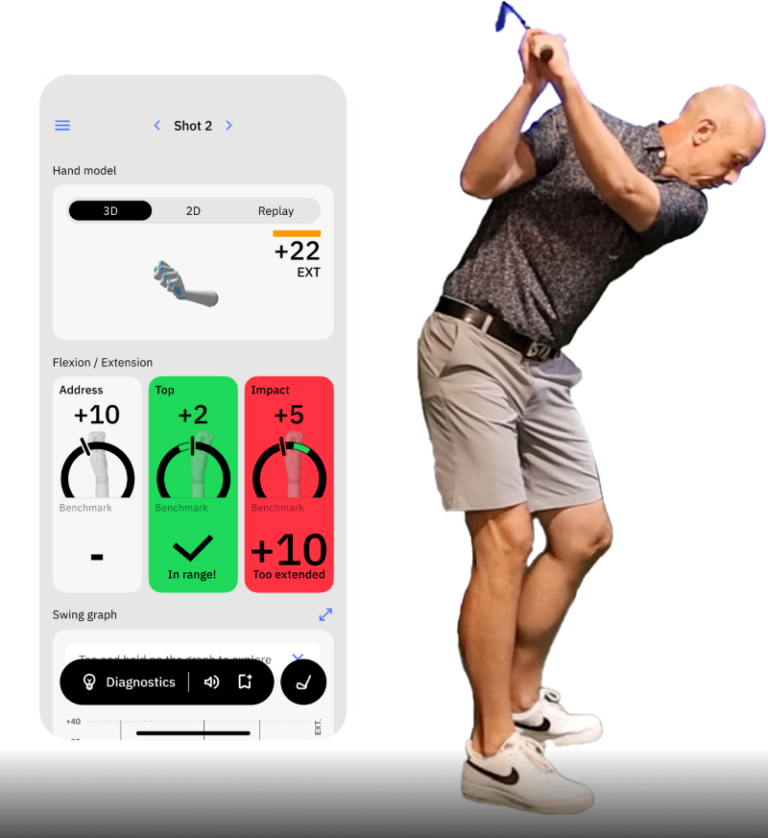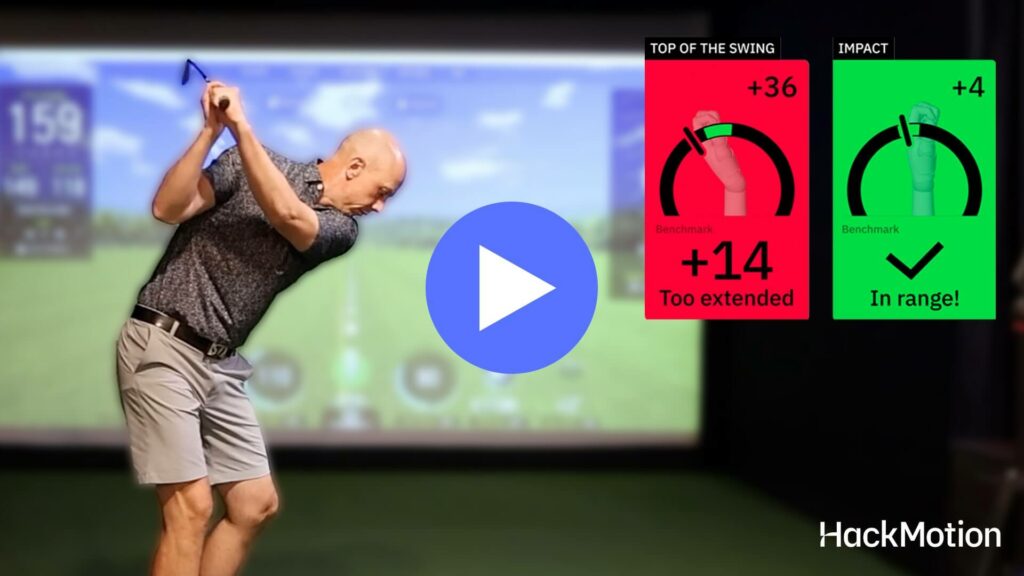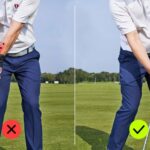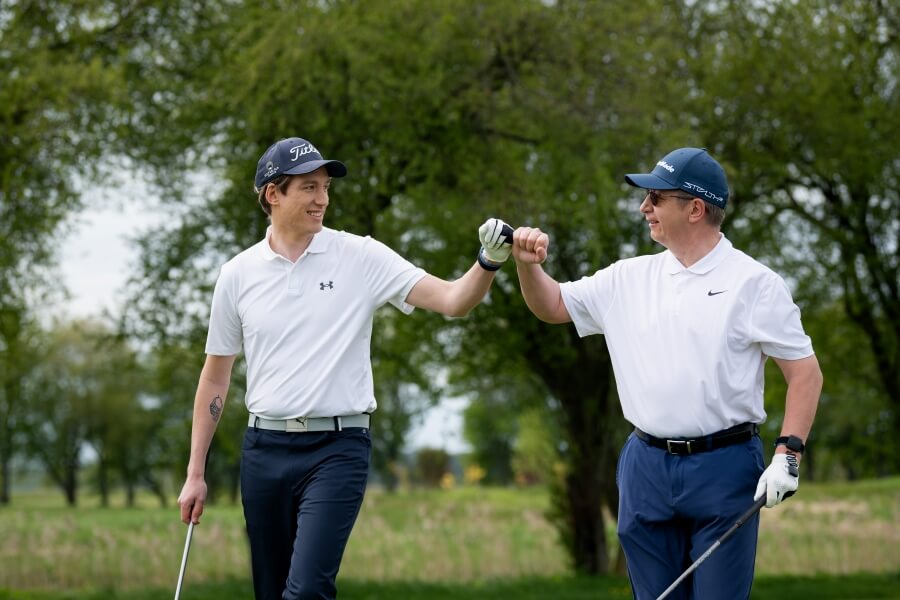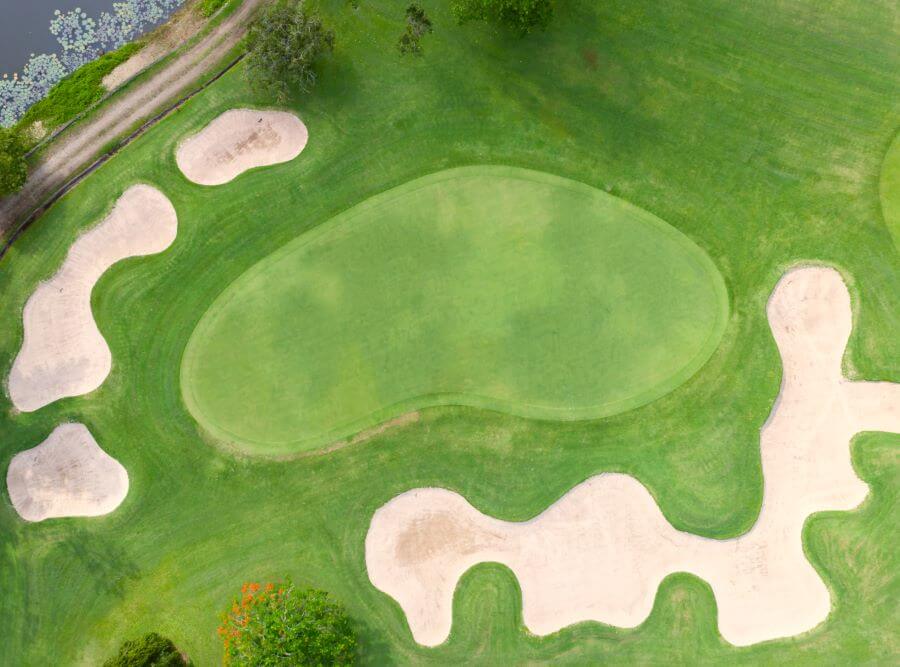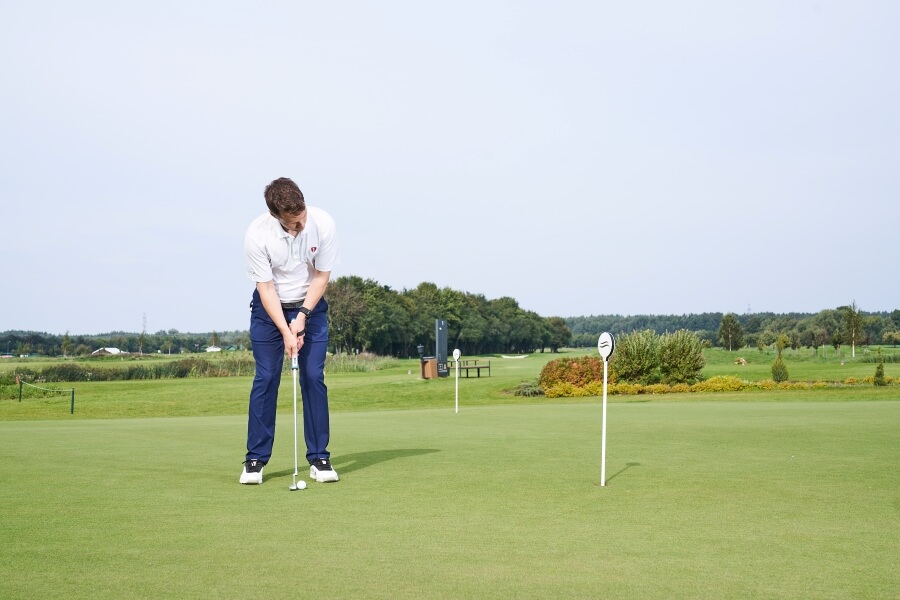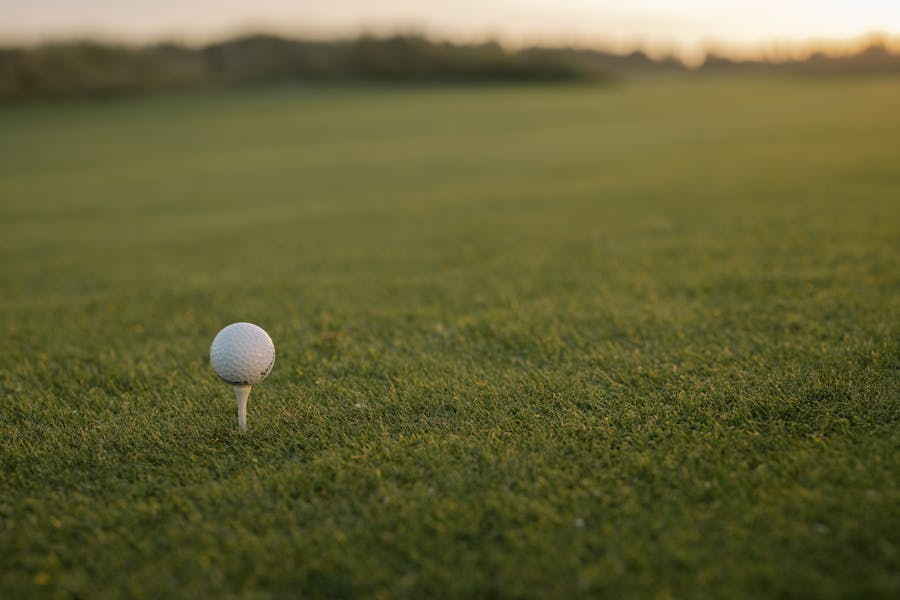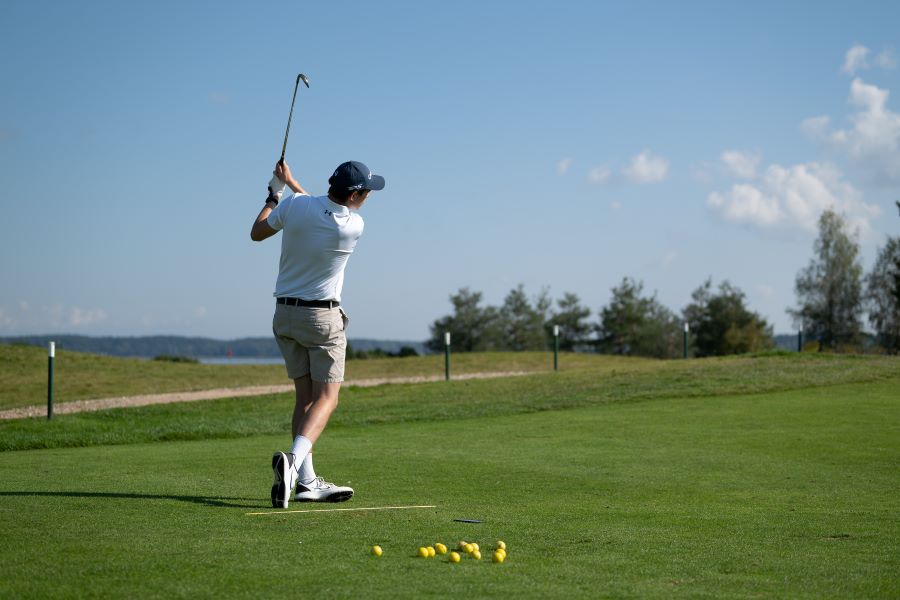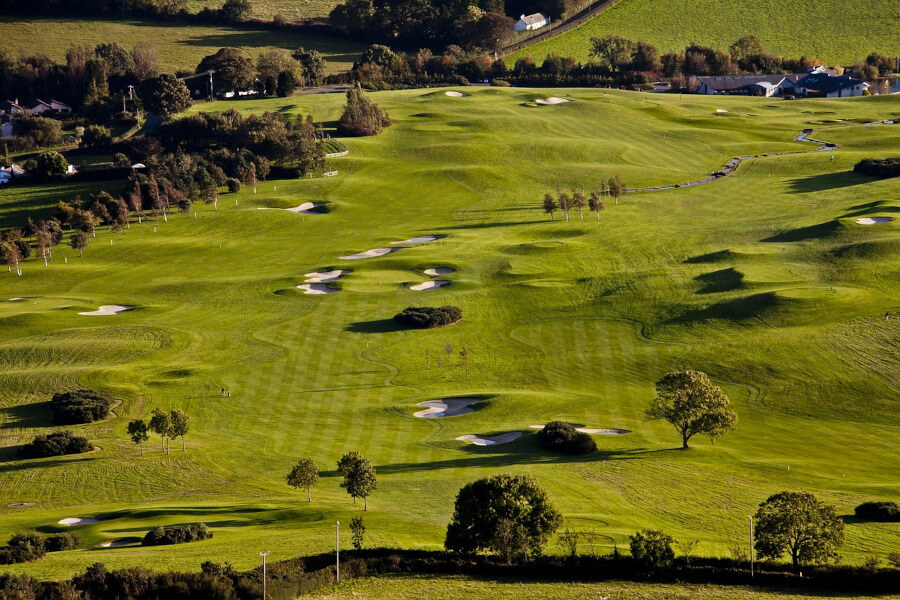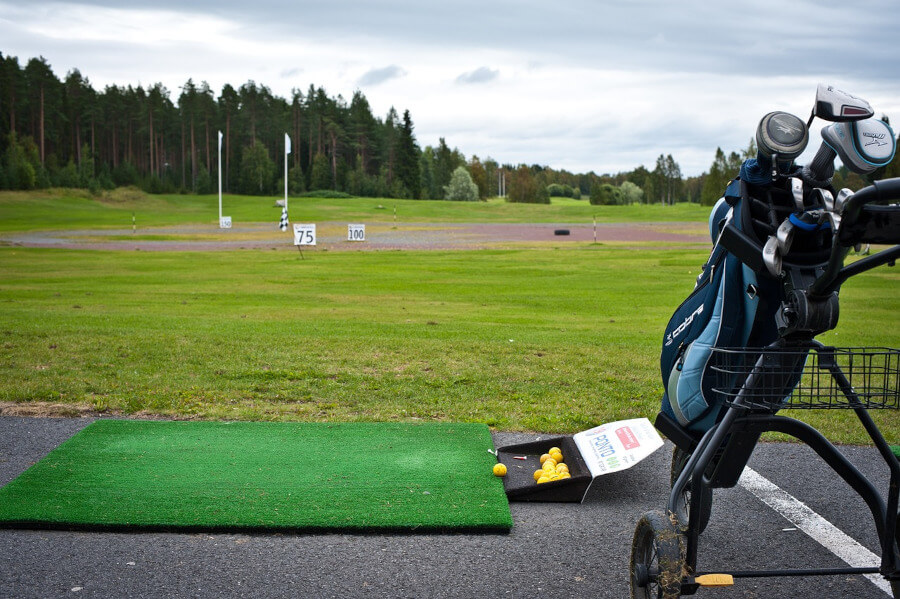Professional vs. Amateur Golf Course Management: 9 Differences You May Not Know
Golf course management is a tricky thing. You may be hitting great shots and sinking putts, but unless you know how to actually play the course, you won’t score well.
Golf professionals and amateurs approach golf course management differently.
For most amateurs, having the mindset that a professional has would save several strokes on every round.
We will show you the differences between amateur and professional golf course management. If you are making any of these mistakes, start adjusting your golf strategy today.
Key Takeaways
If you don’t have time to read the entire list of differences between amateur and professional golf course management, here are the most important things to take with you.
- Professionals have a more calculated approach; there is never a time that they swing the club just to “hit a ball”; it’s always a planned and calculated shot.
- Numbers and math are very important in the course; professionals do a lot more math than amateurs.
- Believe it or not, professionals are less likely to take risks on the golf course.
- Professionals analyze and adjust to golf courses and weather conditions, while amateurs still try to stick to their original game plan.
- Golf professionals have learned the importance of the wrists in clubface control, and they use it to improve their accuracy and shot-making on the golf course.
Contents
Amateur vs. Professional Golf Course Management
These nine differences between professional and amateur golf course management can each help contribute to a lower score for amateur players.
Don’t assume these strategies are reserved for professionals.
Approach To Yardage
A professional is very particular about yardage. Not only do they know the carry distance for each of their golf clubs, but they also have yardage books giving detailed information about the length of each shot.
Precise measurement is essential to hit a great approach shot.
Amateurs can often be found looking for a 100 or 150-yard marker in the fairway and estimating which club they need.
If you are an amateur player who has invested in a rangefinder or golf GPS, you are on the right track.
The next step is to learn the carry distance of each club. Many players hit a 7-iron 150 yards. However, if that 7 only carries 145, you will need to know that.
Pre-Shot Routines
Professionals have pre-shot routines that they repeat each time they hit a shot.
Amateur players often have an inconsistent pre-shot routine, or no pre-shot routine at all. The best possible thing you can do for yourself is adopt a pre shot routine today.
The routine should focus on some kind of physical warm-up (a practice swing), a mental thought, alignment, and then visualization of the shot.
Pre-shot routines don’t need to take long or be complex, but you have to do them every time you swing.
Clubface and Shot Control
Can you control your golf ball?
Professionals know how to hit various golf shots: high, low, left, and right. They have mastered the art of clubface control because they can control their wrists in their golf swing.
The wrists directly impact the angle of your clubface at impact.
Amateurs have much less control over golf ball trajectory and shot shape because their wrist position at the top of the backswing and at impact is often incorrect.
As a whole, amateur players have too much extension in the lead wrist. Moving that extension towards flexion can help with mastering a variety of shot shapes.
Club Selection
Amateur golfers choose a golf club based on the distance to the pin. With professionals, there are things like wind, hazard location, and green slope into the golf club that they choose to approach the green.
As an amateur player, if you want to get better at choosing the right club, start to consider the size of the green and the location of the pin in relation to it.
A 150-yard pin on a 30-yard green leaves you several different golf shot options and clubs to choose from.
Remember that your shot dispersion is much wider than a professional’s, so aiming at the pin is not always smart.
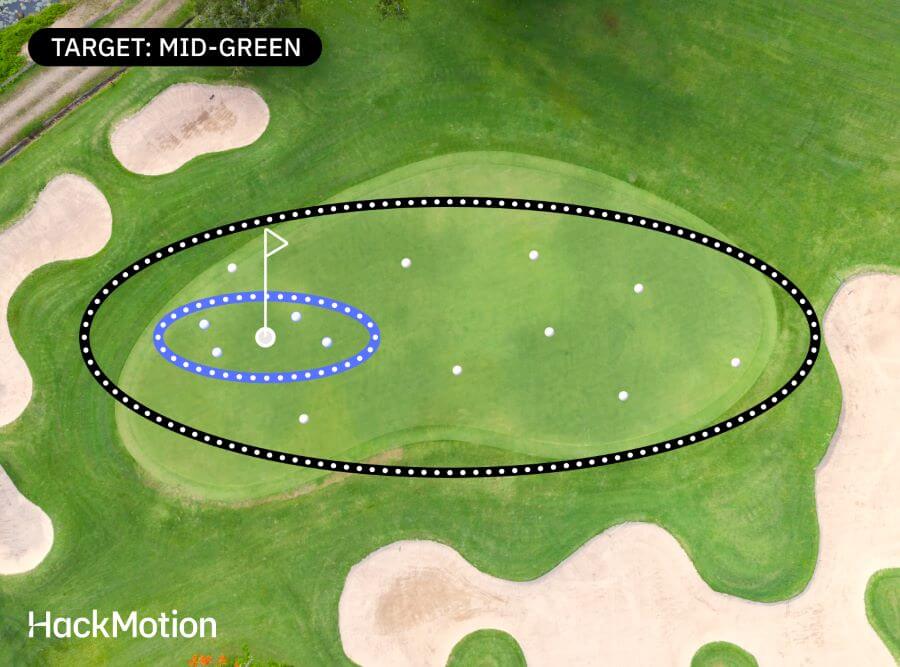
Aim at the center of the green and play for the miss that will more than likely show up at some point during your round.
Consider that there is more than one way to get to the hole, and sometimes that requires using a few different clubs.
Sometimes, the yardage is all you need to hit a perfect shot, but other times, you need to consider which clubs you are pulling out of your bag.
Aggressiveness
Golfers who are aggressive and target the flag are almost always amateur golfers.
Yes, this is one of the more interesting facts about amateur vs. professional golf course management.
It seems like professionals would be the risk-takers because of their skill level. Instead, a golf professional will strategically play a shot, trying to get it into a position that leaves them a chance for birdie but eliminates the chance of a bogey.
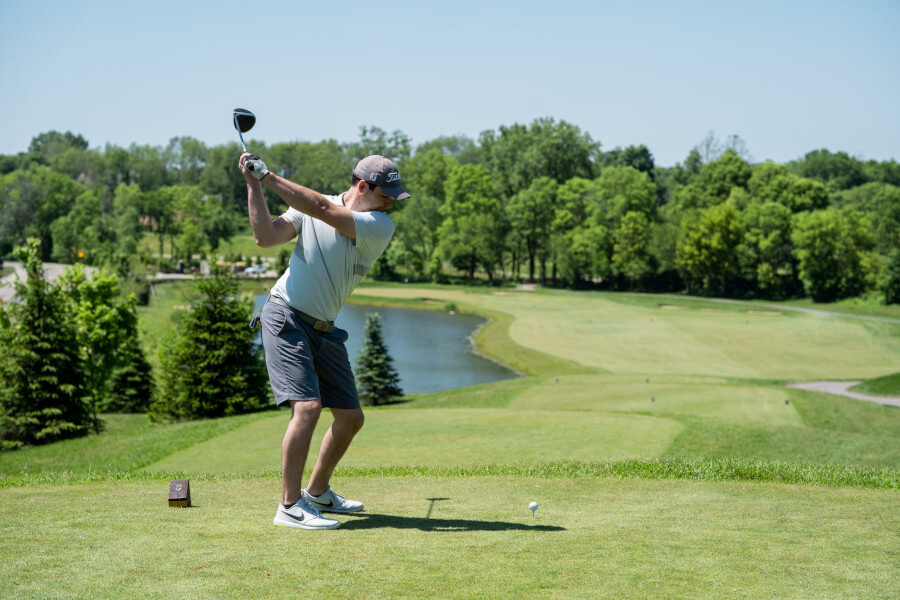
Those hero shots over water or around the corner are not worth it. Even if you pull it off 1/10 times, it’s not enough to justify hitting this shot.
Professionals are aggressive only when it’s smart to be aggressive.
Distractions
As golf professionals are learning the game, they have to manage how they handle distractions.
We all know the stories of Earl Woods trying to rattle Tiger when they played together.
He was preparing him for a golf course experience where this could happen at some point. Tiger learned to stay focused, and because of that, he became the champion that he is.
Mental resilience is not something that most amateur players have. They get concerned about the previous shot, become upset, and can’t manage their emotions, causing each shot to become more and more of a problem.
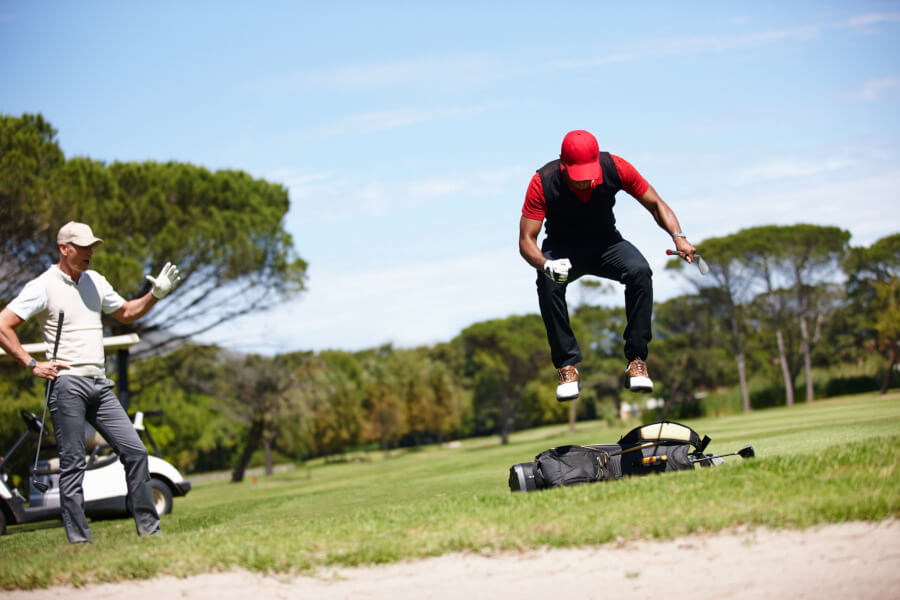
Caddies and Advice
Golf course management is something that professionals manage on their own.
However, when it comes to caddies, there are often discussions and advice that can help professionals make better decisions.
Most amateur players do not have this sounding board and coaching during a round. One of the best things you can do here is make yourself a chart with your yardages for each club. The chart should have both total and carry distance.
Many golf GPS and scoring apps have this feature in place for you. If you can’t consult a caddie, you can at least have some data to work with.
Adjustments for Weather
The weather and course conditions will impact your golf game.
If it has rained the night before, the golf ball won’t roll as far. You will need a little more distance to get the ball to the hole.
If it’s cold outside, golf balls don’t travel as far. In addition, your body is not as fluid and loose, and you can’t get the total distance you would get on a warm day.
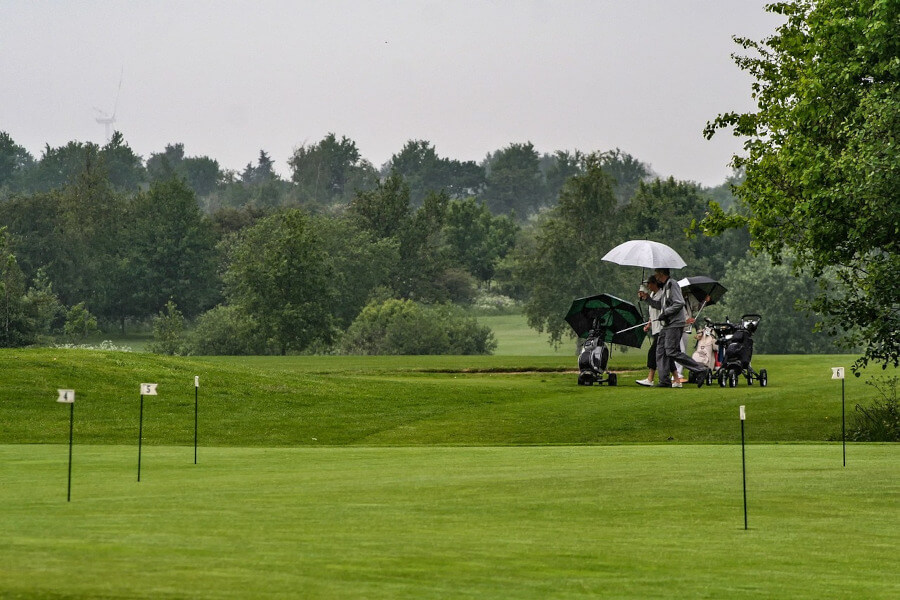
Golf professionals are continually making adjustments and changing the way they play the course based on the weather conditions.
Adjustments for weather and course conditions are not all that difficult to figure out; they just require some understanding and attention.
Risk Management and Trouble
Finally, amateur golfers are known for turning a bogey into a triple bogey.
Let’s say you miss the green, and your ball travels into a bunker. You have almost no green to work with, and there is a high lip on the bunker.
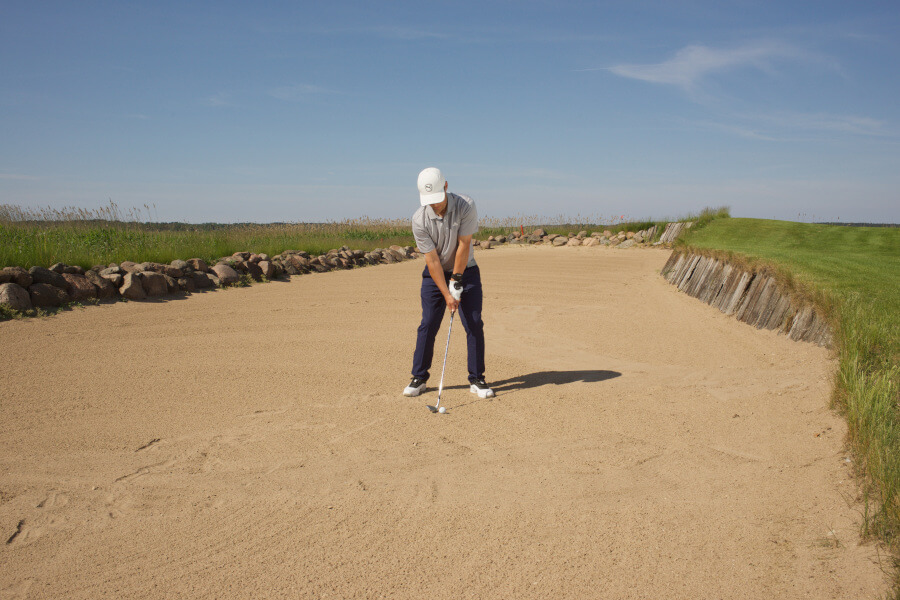
As an amateur golfer, you will look at the pin and try to hit a difficult, high-lofted shot that stops quickly at the pin
What’s the smarter shot?
Hit a golf ball to the center of the green. Give yourself a chance to make one putt, but walk away with a two-putt if you need to.
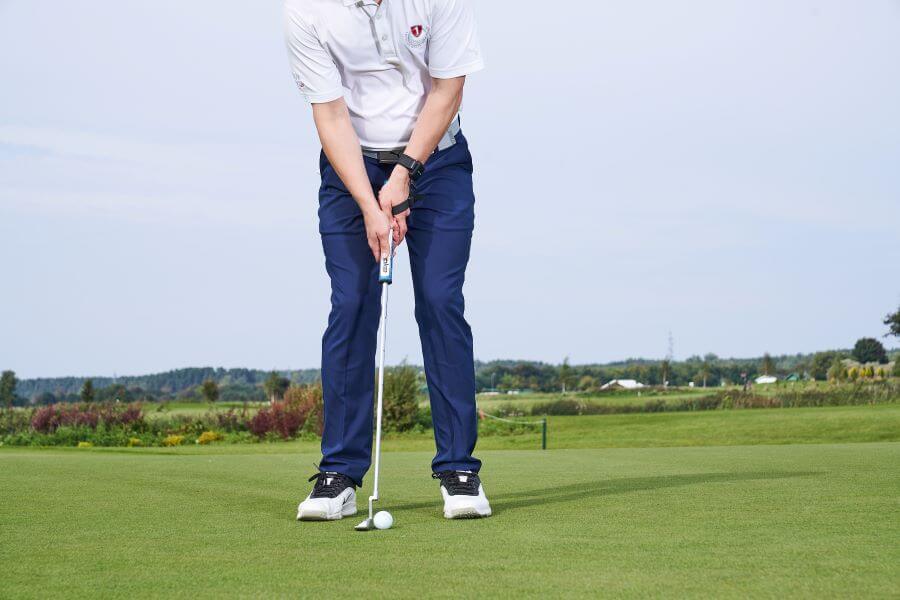
The original strategy leaves you with a very high percentage of not getting the golf ball out of the bunker.
If you try to finesse a shot, you may leave it in the bunker. Once that happens, the chance of a double bogey is quite high.
Professionals weigh risks against the potential rewards. Sometimes, they accept a bogey and move on.
Want to think and play more like a professional? If you’re ready to improve your on-course decision-making, find a golf coach who uses HackMotion to help you build smarter, more confident golf.
How To Get Better at Golf Course Management
Now that you have the details on all the differences between professional and amateur golf course management, here are a few things to work on to get better at golf course management.
- Distance control with wedges should be practiced on the driving range. Learn how to hit each of your wedges 75, 50, and 25 yards. These shots will help with management.
- Start narrowing down how far you hit each of your golf clubs, carry, and total distance.
- Work with HackMotion to establish control of the clubface. With control of the clubface, your misses get better, and you may be able to play different types of shots into a green.
Watch professionals play the game and learn from their actions and decisions. Not all of what makes the pros great is their swing; it’s their course management.
Final Thoughts
Try these strategies for improving your golf course management the next time you head out for a round of golf. You may be surprised by the differences that it has in your game.
You don’t need to be an aggressive golfer to shoot in the 70s, 80s, or 90s.
Play your game, hit the shots you know how to hit, know your yardages, and be smart like the professionals.
